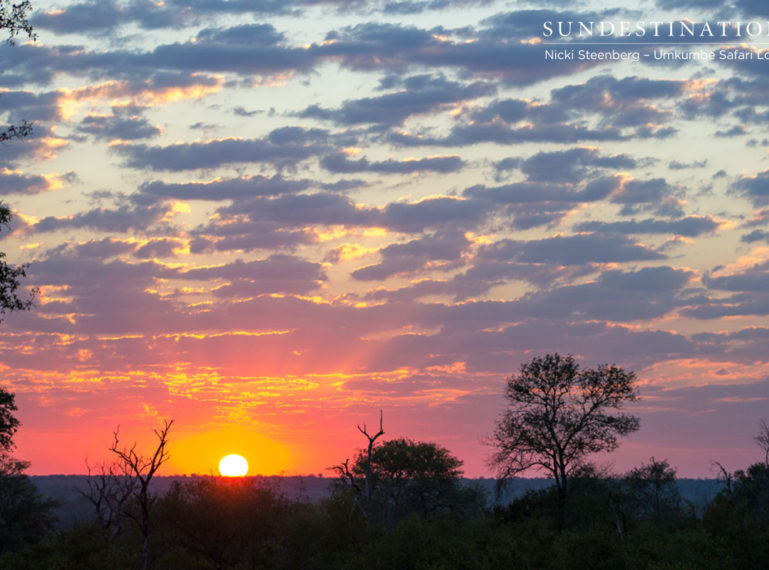
It doesn’t matter what time of day it is in southern Africa, one thing’s for certain – above your head lies a blanket of hues and striking rays of colour. Renown for its sunsets, crisp blue skies and crystal clear night skies; Africa has more to offer than just exceptional game viewing! While we bring you stories of ruthless lion prides in the wild, industrious honey badgers and adoring leopard mothers, there’s another side to going on safari.
This is the side that pleases astronomers, geographers and romantics. For when that ball of fire lights up the surrounding sky, there’s nothing more breathtaking than watching the warm glow force the sky to slip into a different spectrum of colours. When the black canvas approaches and diamond pinpricks stab the dark sky above, it’s mesmerising. During the day the blinding blue of the sky is only broken by the texture of wispy clouds. The various phases of the sky during a 24 hour time-span makes for a kaleidoscope of colourful skies.
Sky in the day :
Day time skies in Botswana seem endless and are almost claustrophobic because of their ability to swallow the landscape below. The Okavango Delta reflects the sky above which is always hypnotic. As a country, Botswana is largely flat which means the sky is not interrupted by any raised areas.
In Kruger, the sky is slightly more broken by hills and the presence of the majestic Drakensberg mountains. The less moisture there is in the air, the less cloud cover. We all know that both the Kruger and Botswana have a lengthy dry period, which means skies aren’t cluttered with clouds, making it seem vast and rich in blue colours.
Sky in the evening :
The lack of pollution and humidity in the air creates mind-blowing colours when golden hour is upon us. The small particles combined with molecules in the atmosphere change direction of the light rays which causes them to scatter. This creates picturesque sunsets and the gentle hues of the evening sky. Clean and unpolluted air is the main ingredient common to brightly coloured sunrises and sunsets.
Sky at night :
The black night seems darker than ever and without the intrusion of street lights, stars shines brighter and life above is crystal clear.
The unpolluted sky is home to the southern cross, a famous and recognised asterism within the southern hemisphere. Five stars form the shape of a cross, making it the most distinct feature of the Cruz constellation. There are two noticeable bright stars which form part of the cross and these are rumoured to point the way to the Southern Celestial Pole.
Life on safari is ideal for stargazers and budding astronomers.

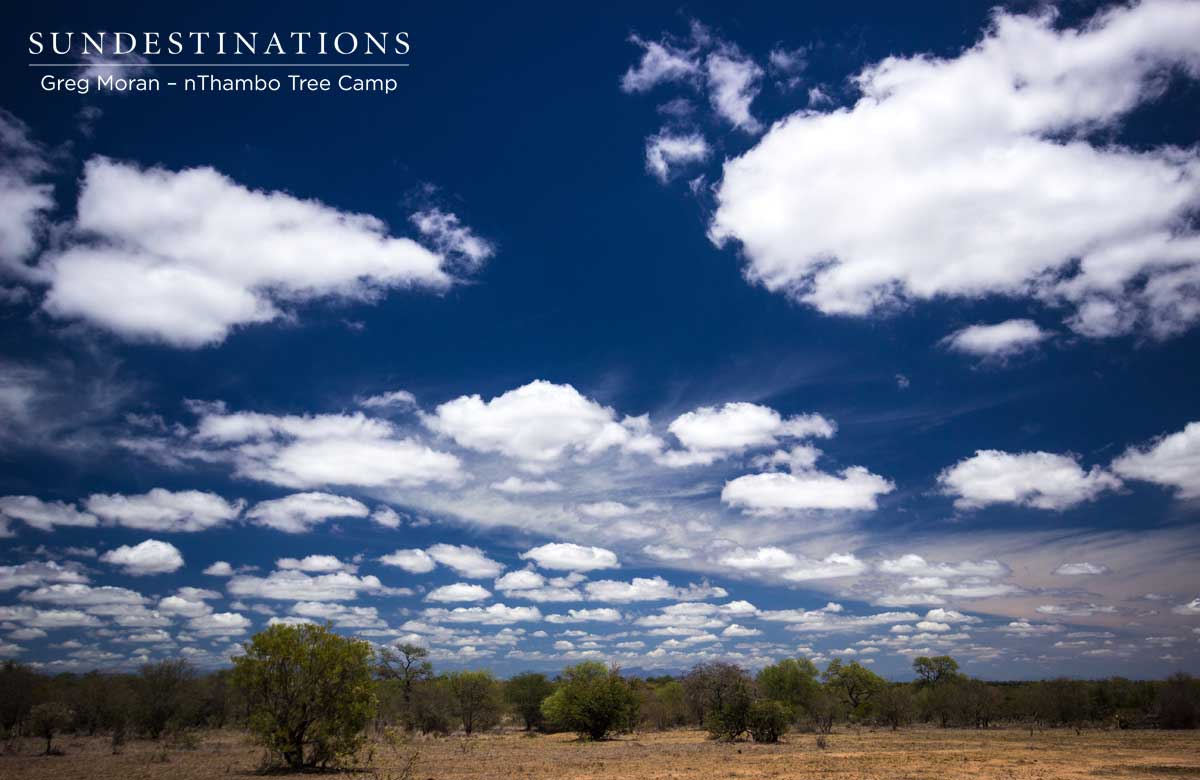



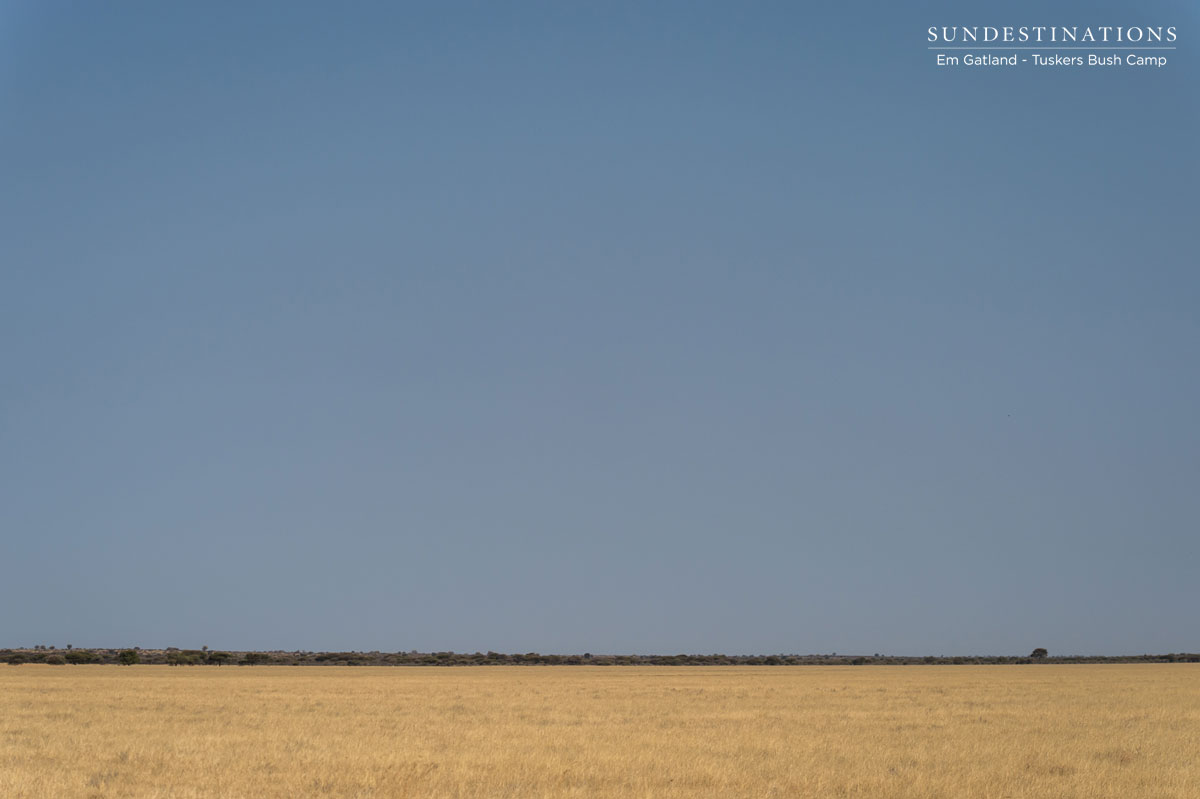

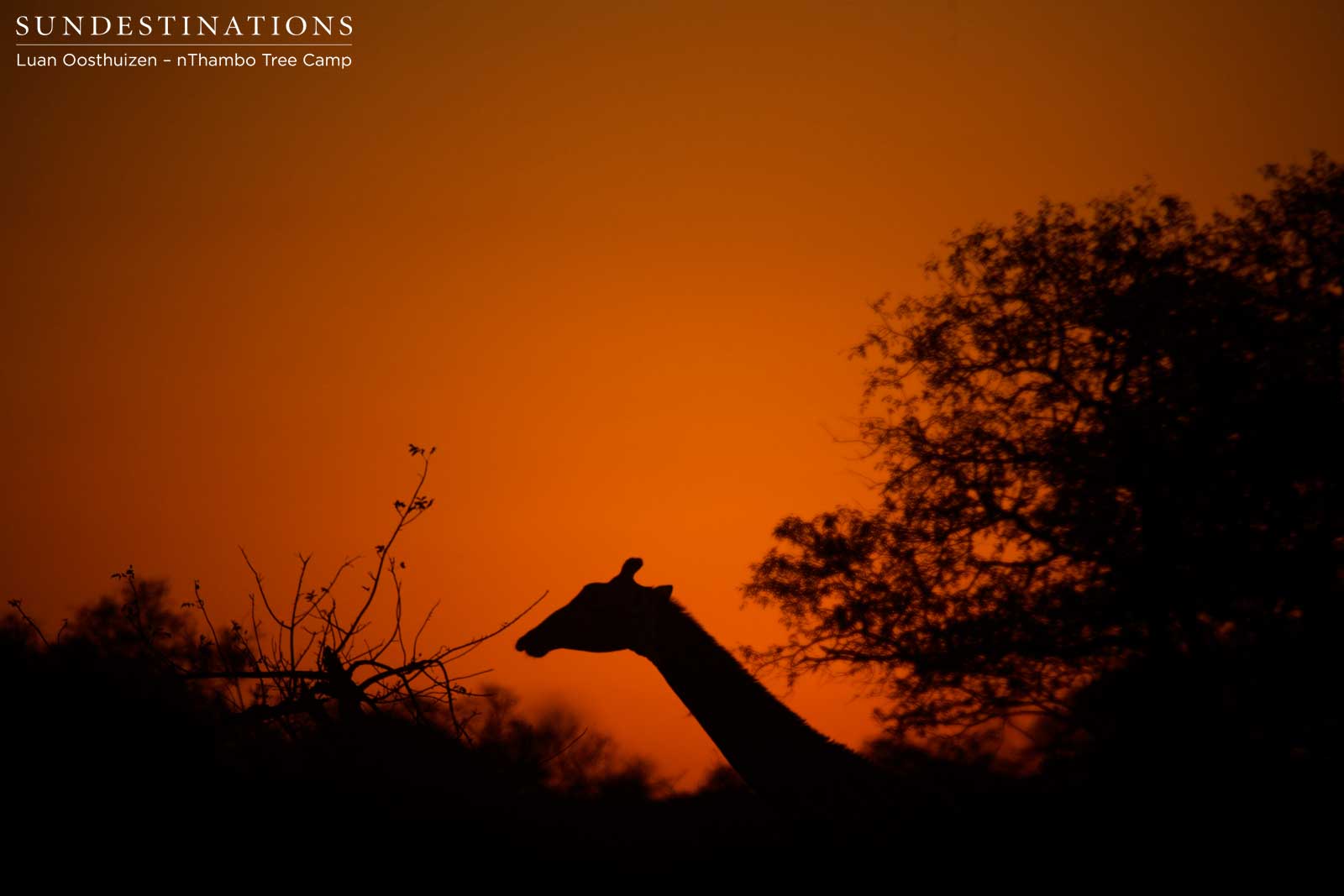
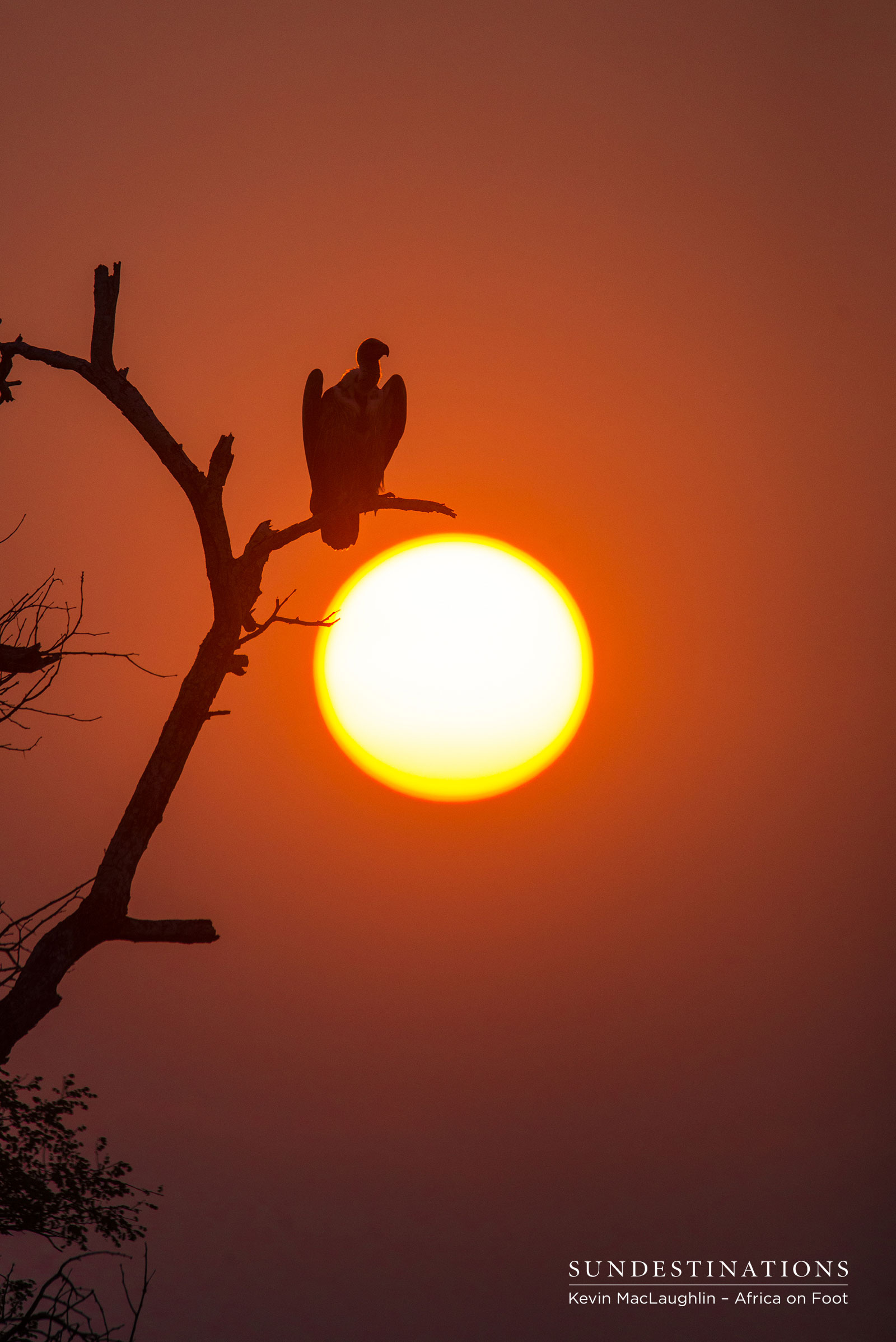
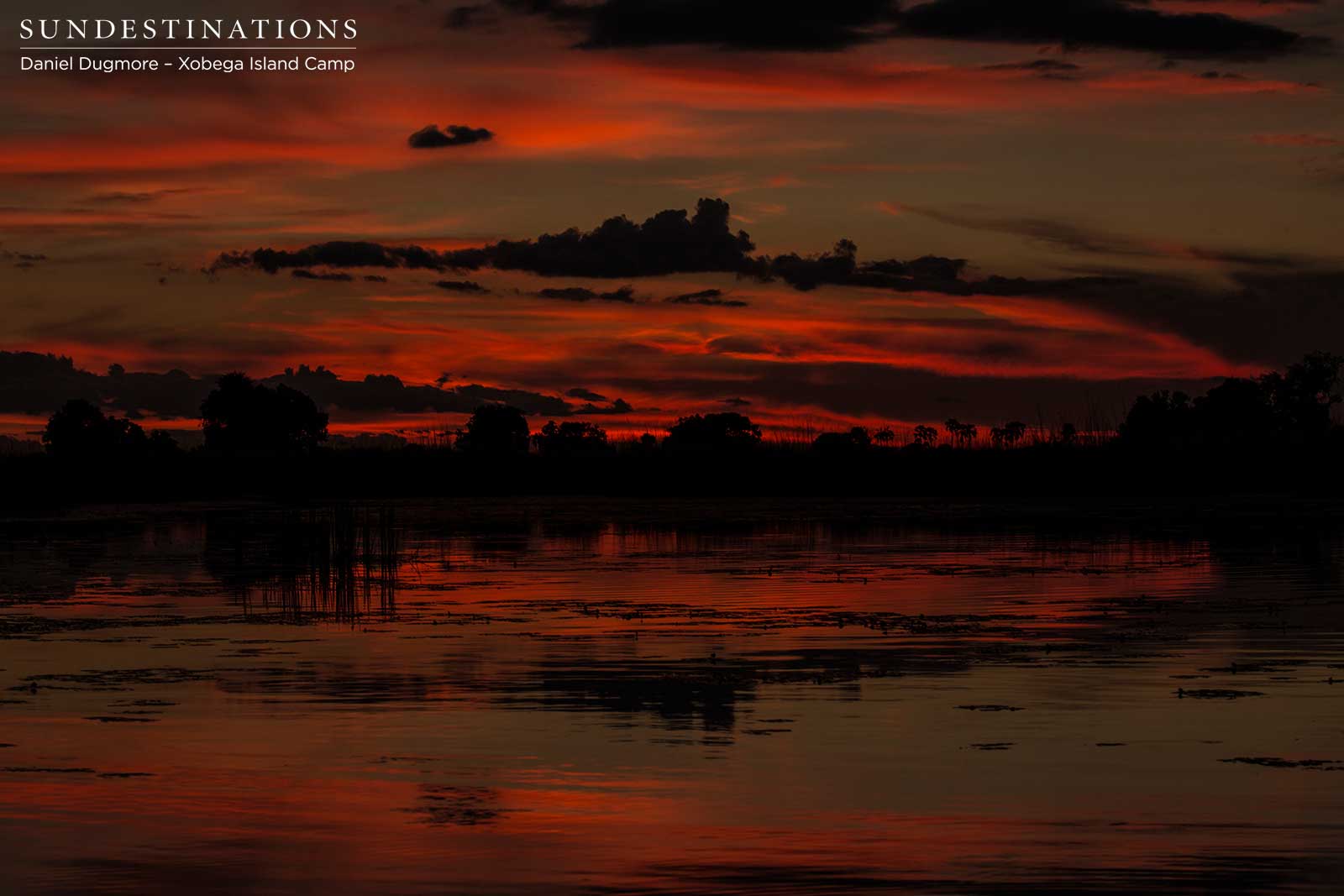
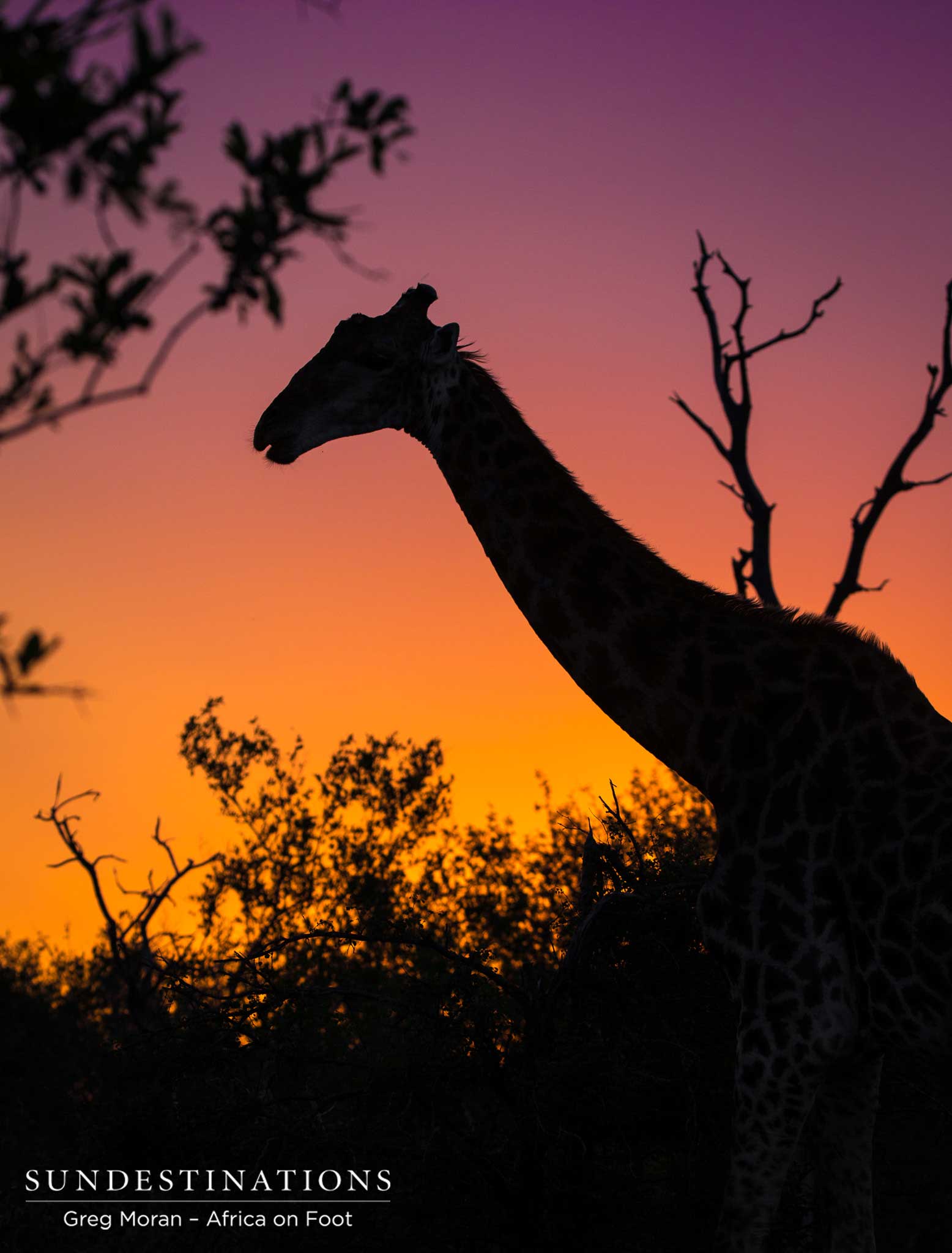
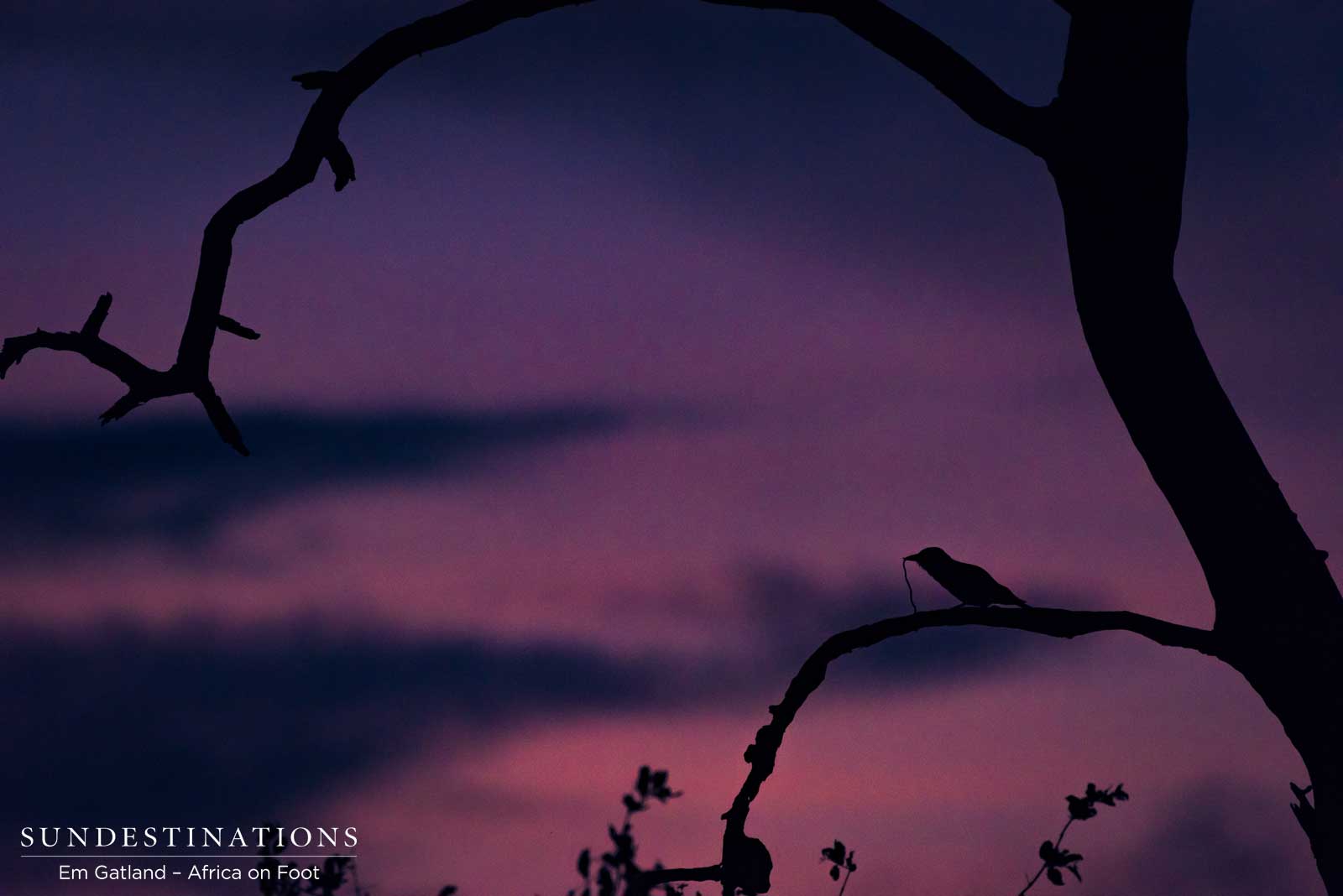

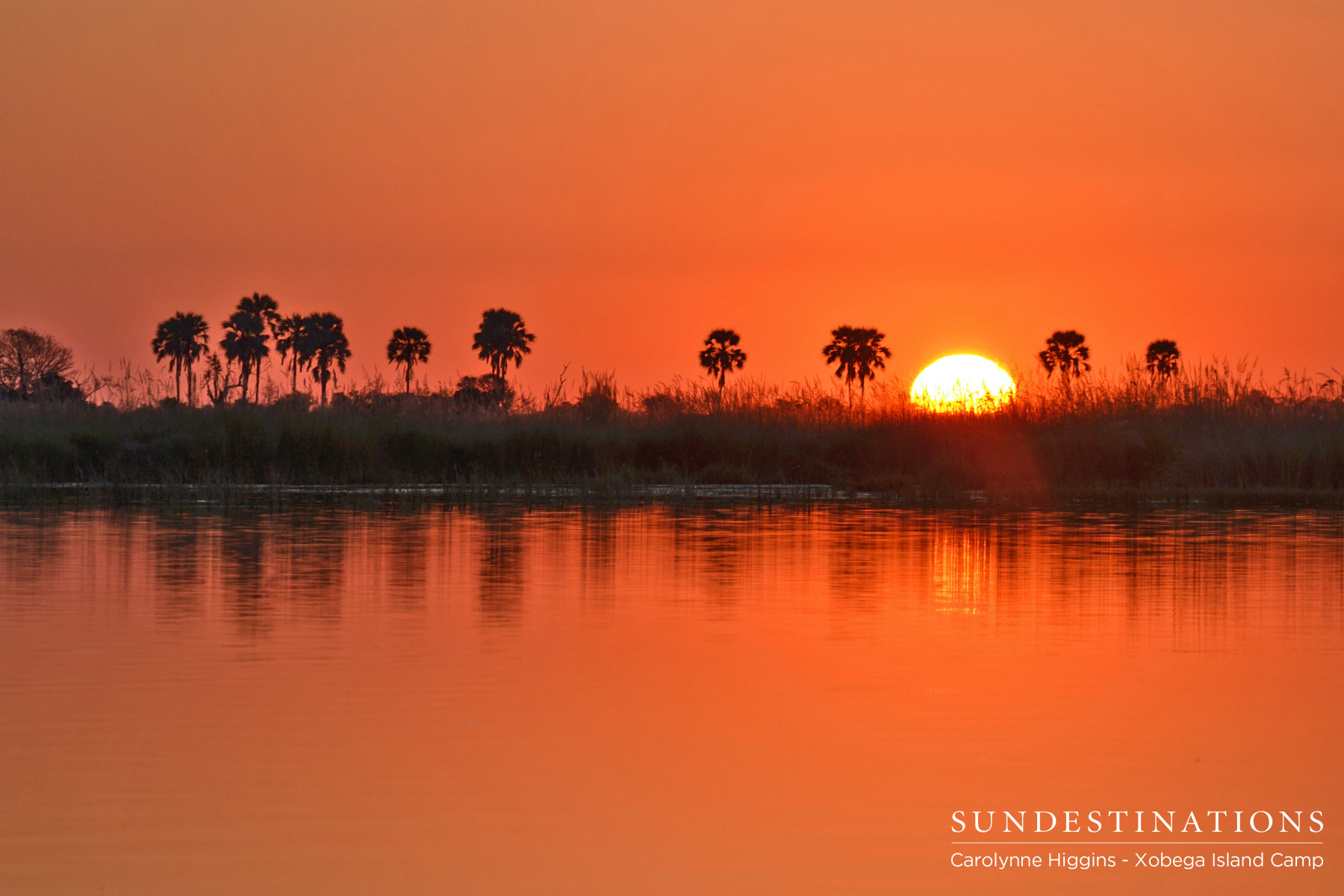

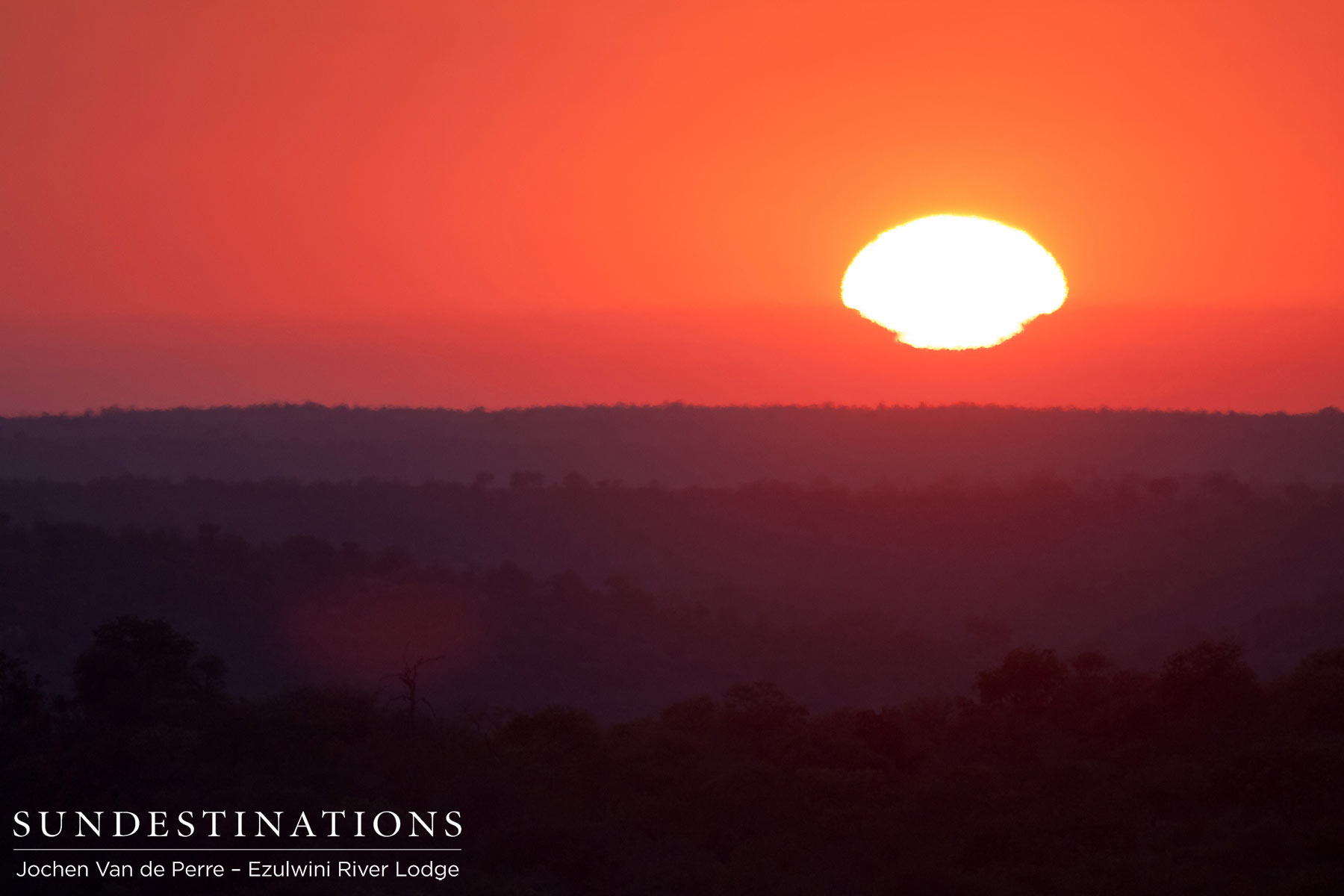
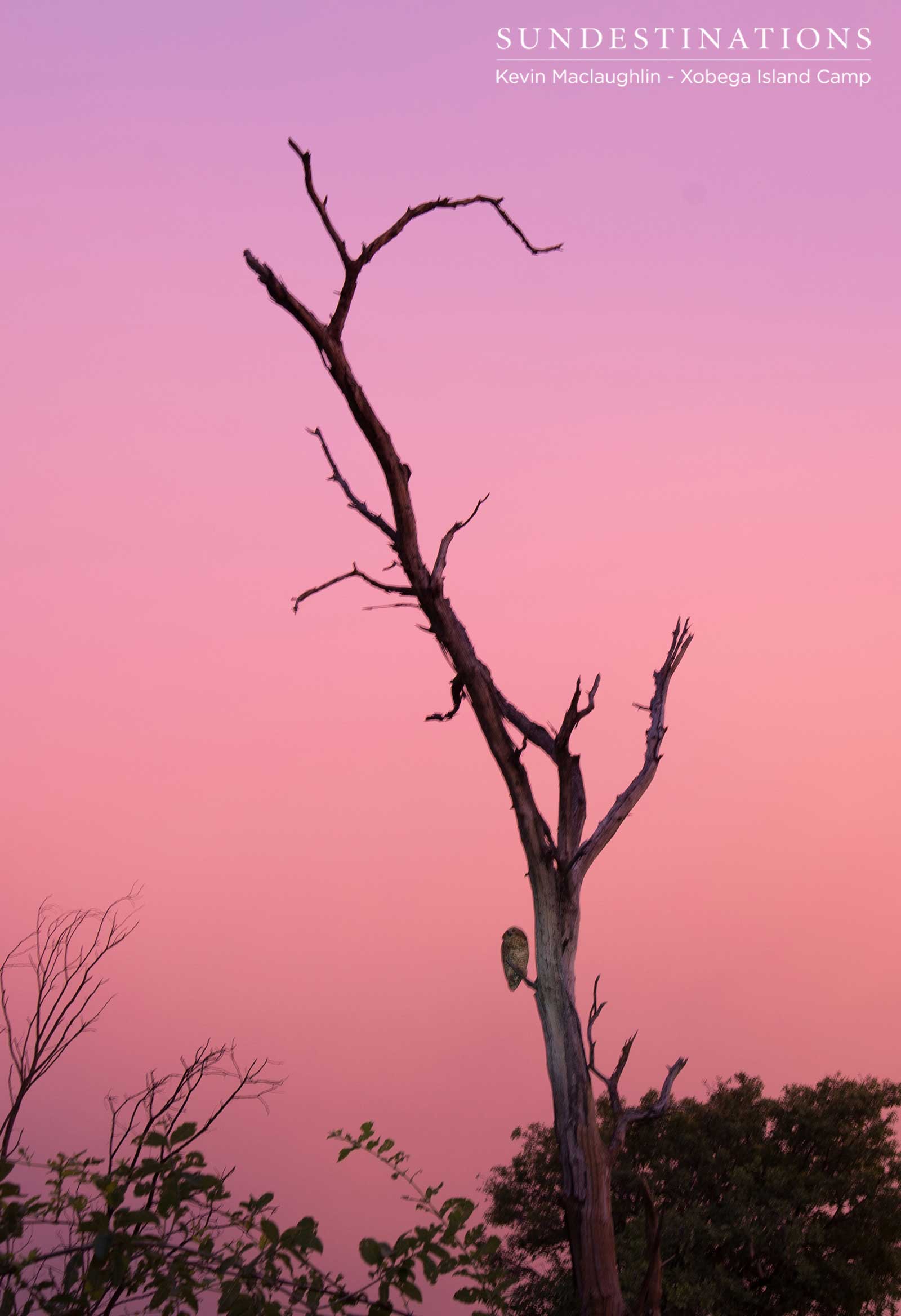
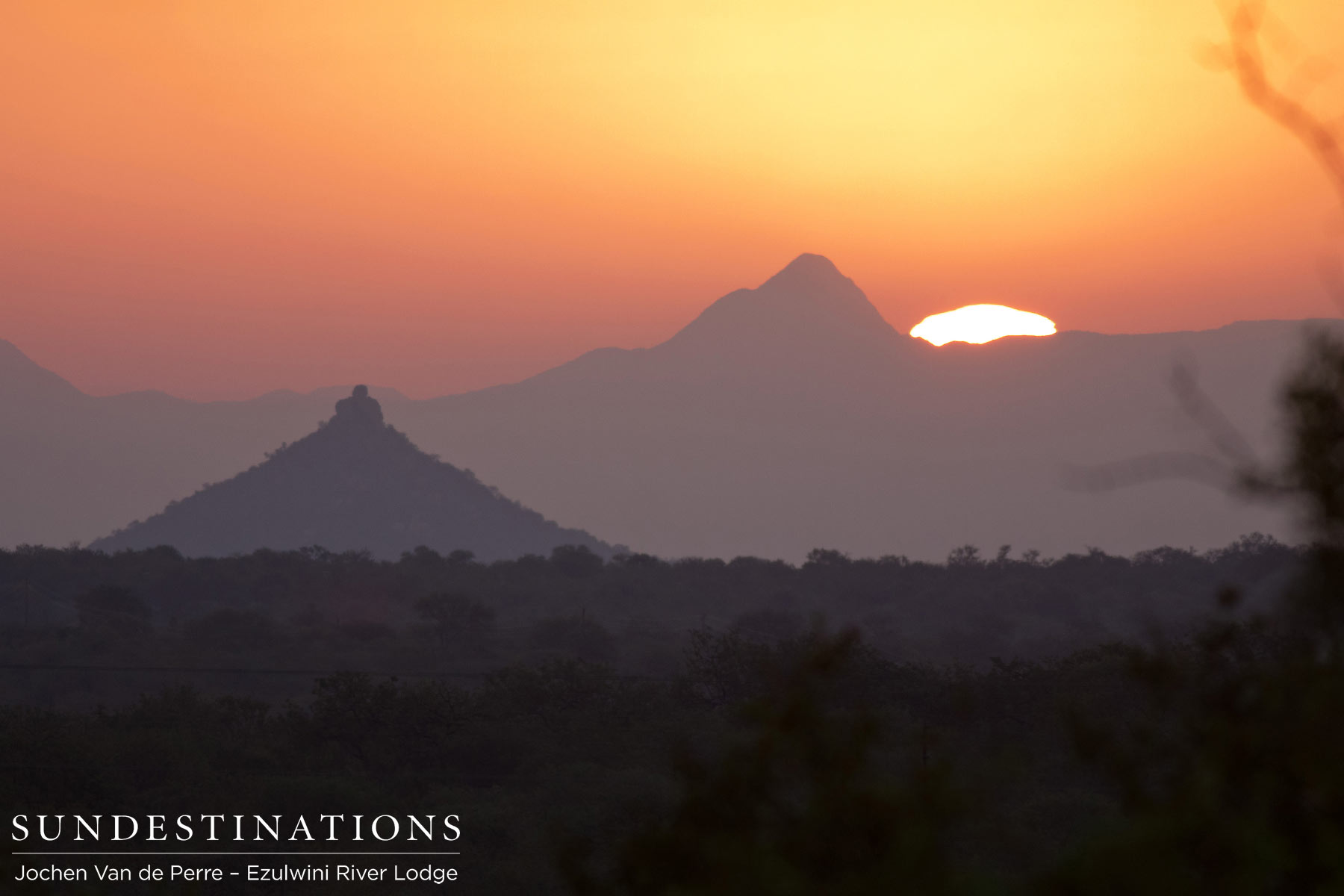
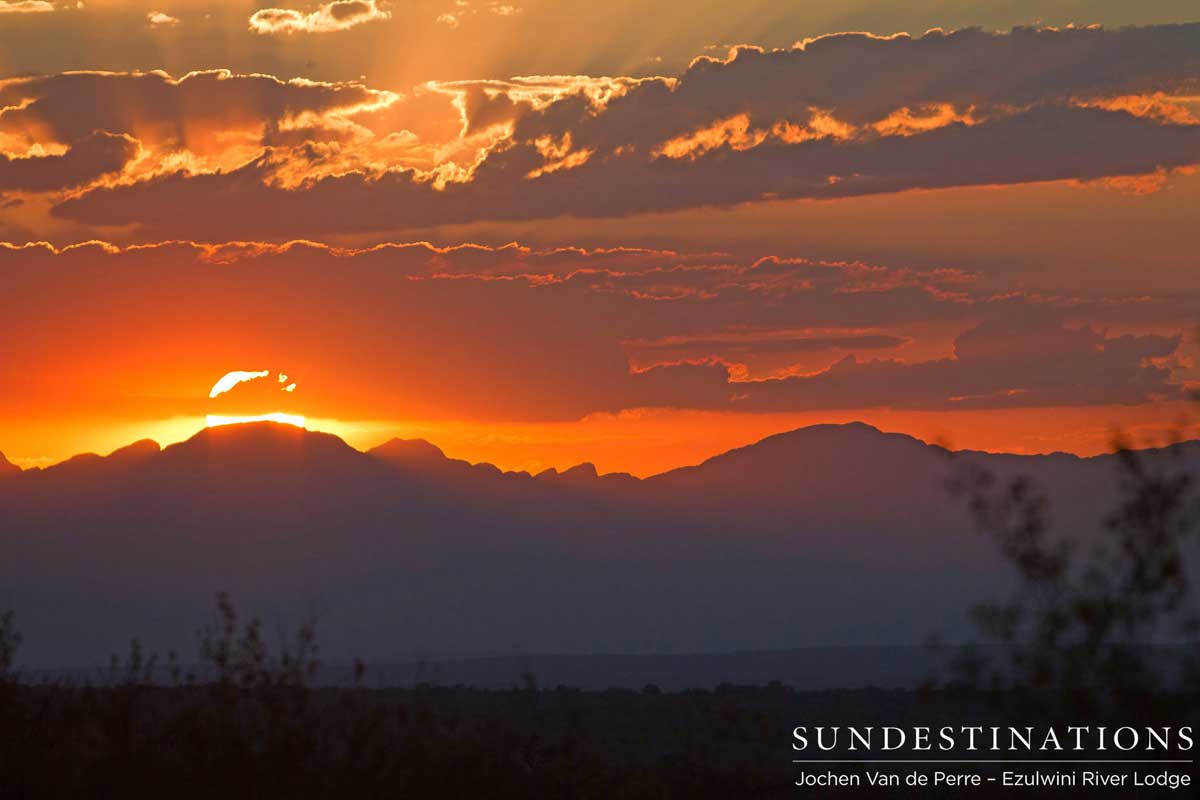
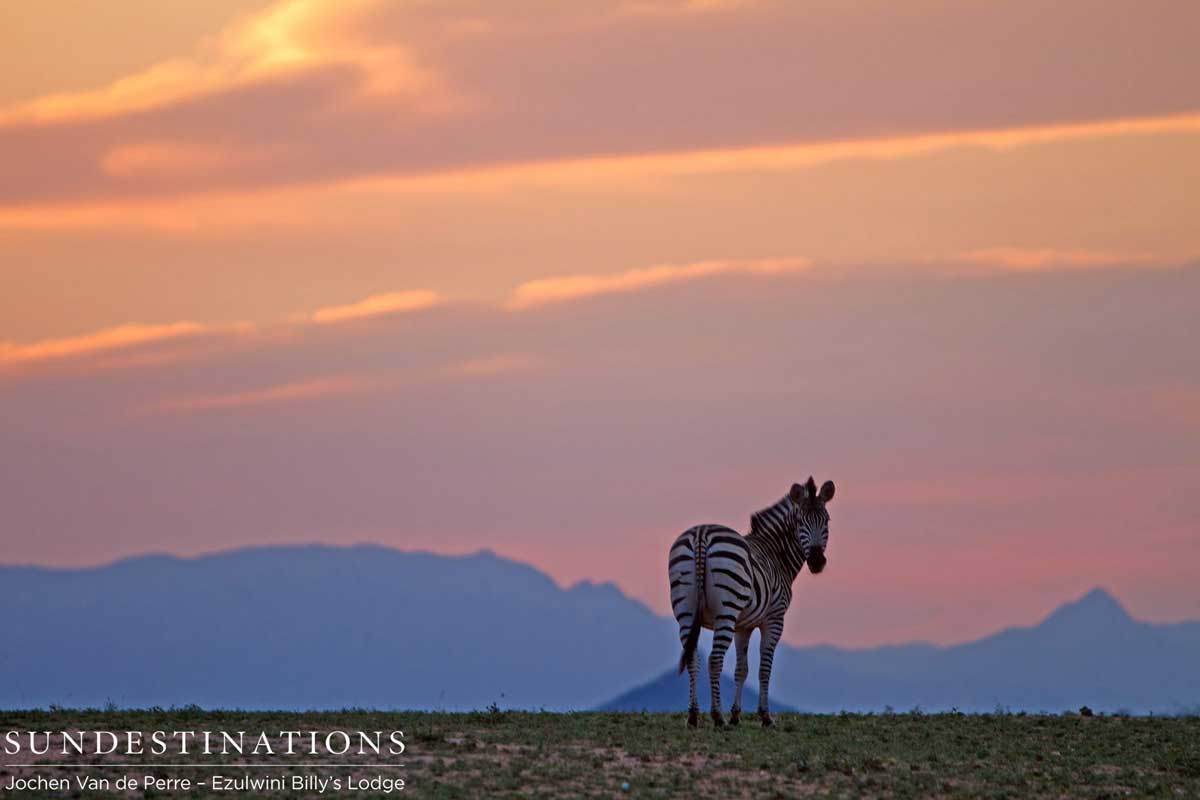
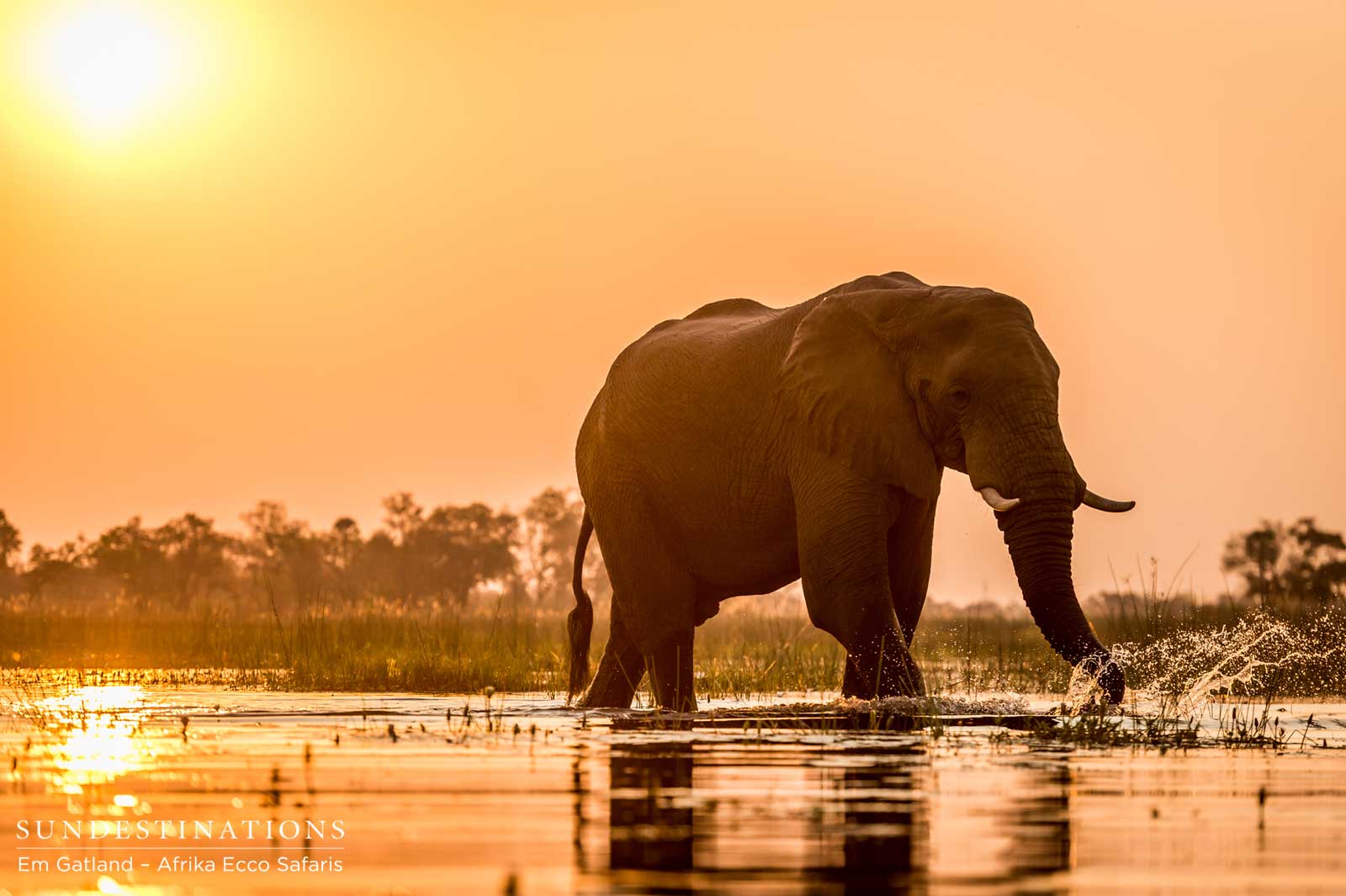
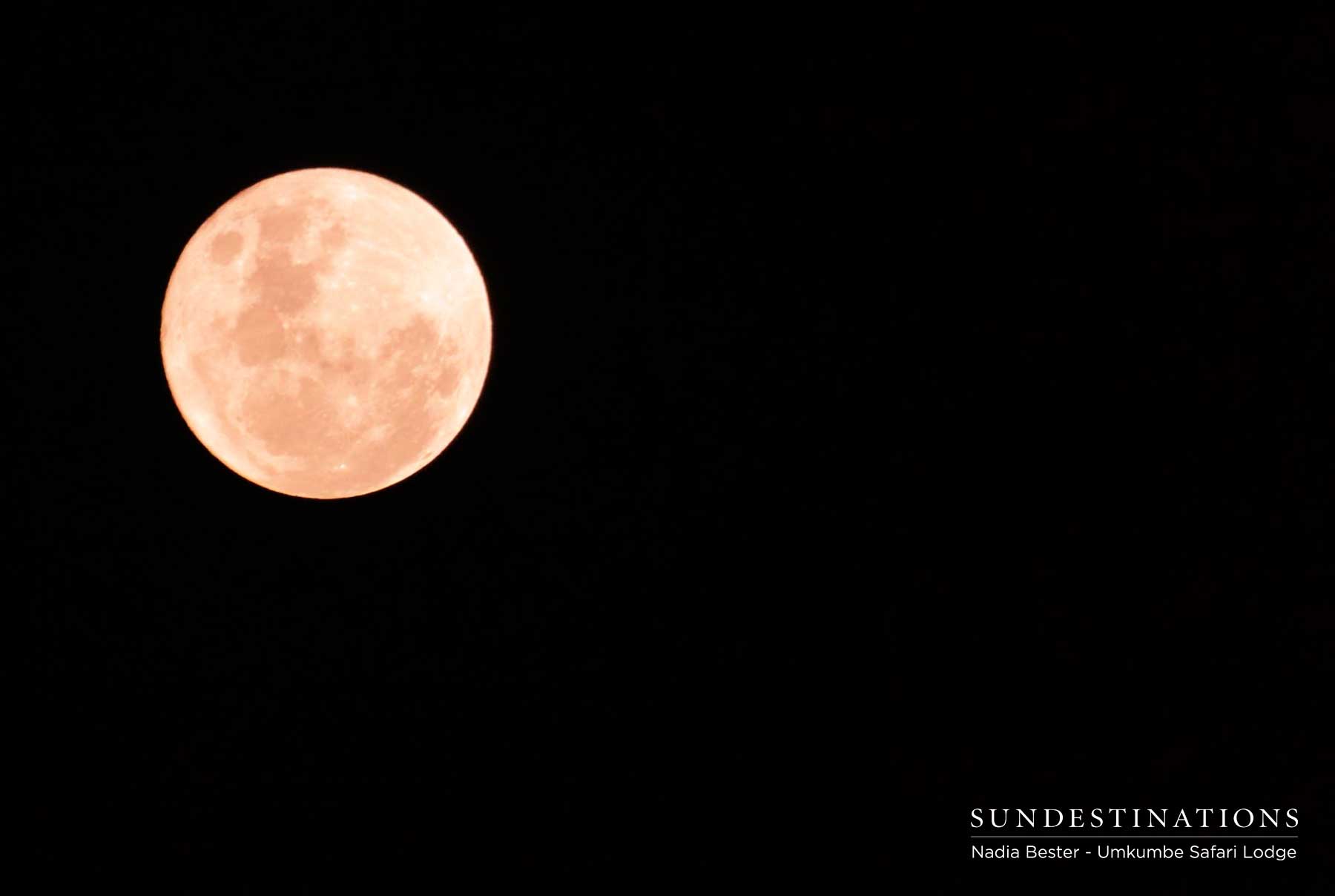

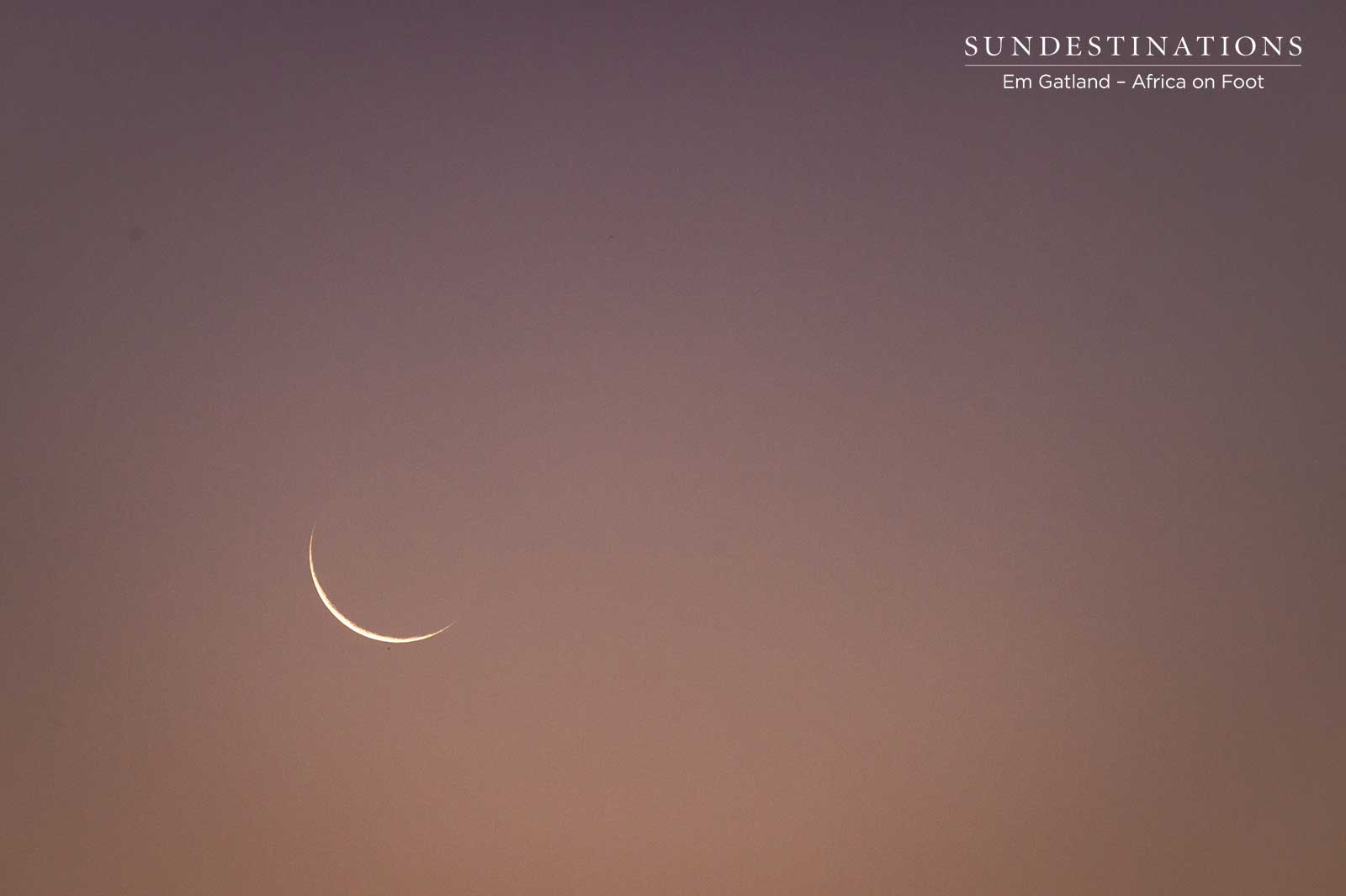

Leave a Comment